Category: Authentication

Power Pages: Versus Power Apps
October 28, 2024 3 Min.To ReadA question I recently saw on the Power Platform Community forums asked why would someone use Power Apps (I’m assuming they are referring to canvas apps) instead of Power Pages. They mentioned that using Dataverse with Power Apps requires a premium license, so I think the implication is that Power Pages might be a cheaper option. In this blog post, I’m going to look at some of considerations when making the choice between Power Pages and Power Apps (both model-driven and canvas).

Power Pages: Not So Public Key
July 19, 2024 3 Min.To ReadOver the last few years, we’ve been working on ecLearn – a Learning Management System (LMS) built on top of the Microsoft Power Platform. It allows organizations to create and deliver courses using either a model-driven Power App or Power Pages. As I’ve described in previous posts previous posts, delivering an ISV product using Power Pages is not without its challenges. In this post, I’m going to look at one particular issue we ran into during our development.
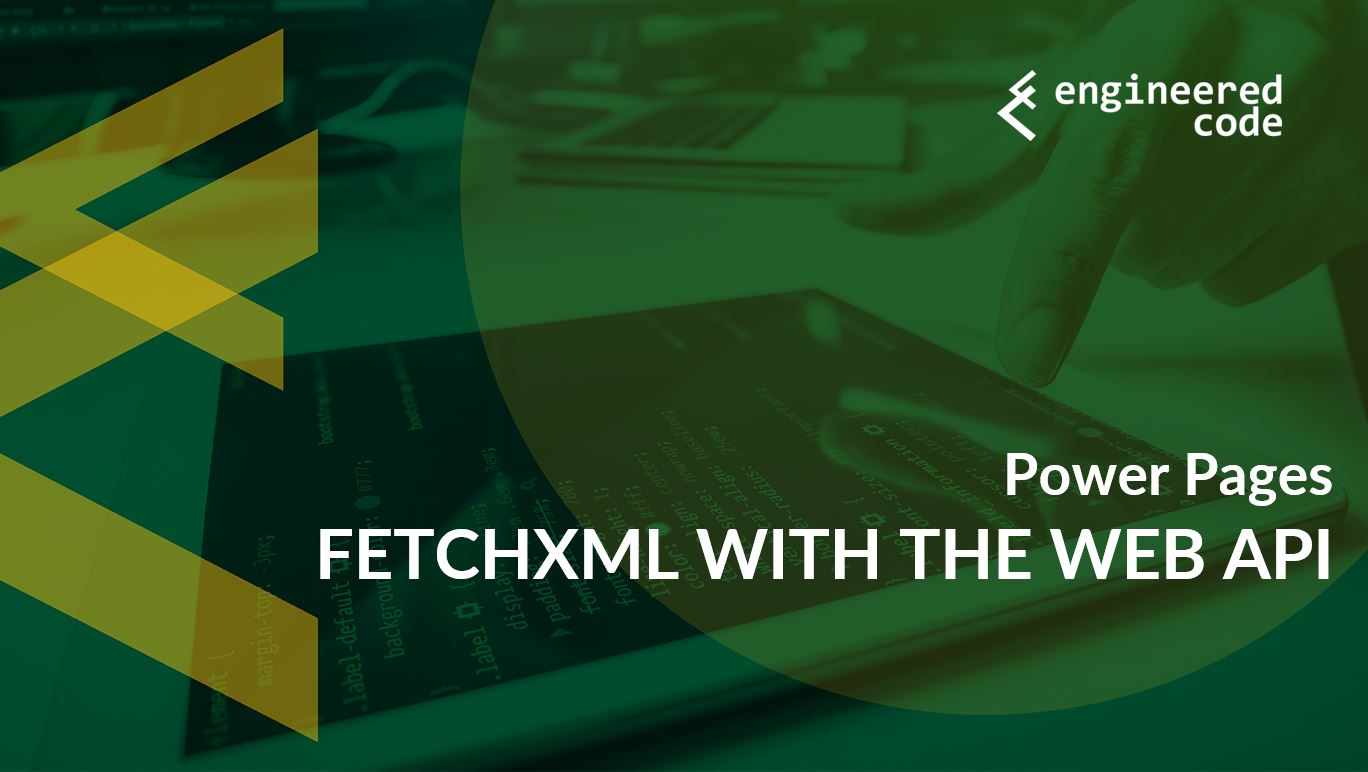
Power Pages: FetchXML with the Web API
February 9, 2024 3 Min.To ReadRecently I was asked about executing a FetchXML query using the Web API in Power Pages, and while you won’t find any specific documentation on that in the Power Pages documentation, you’ll be happy to know that it is supported. In this blog post, I’ll look at how its done.
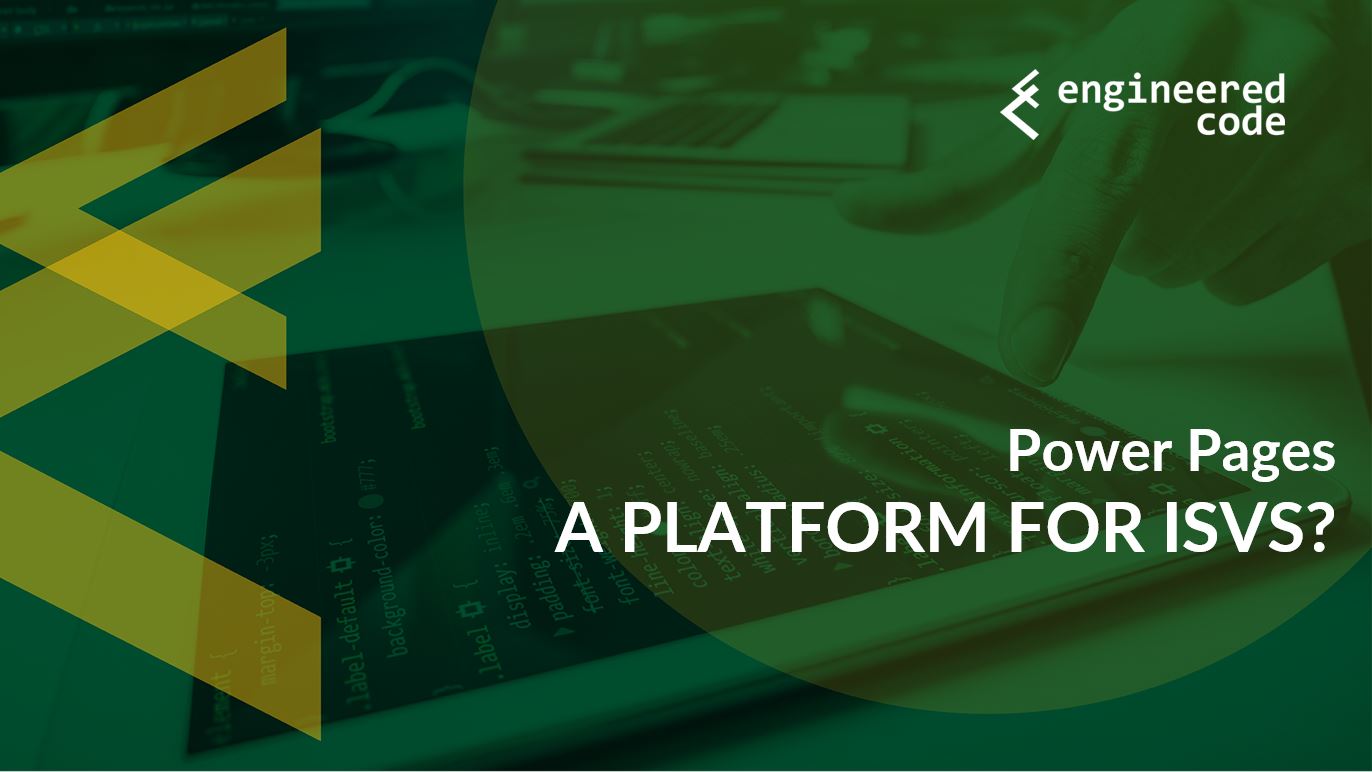
Power Pages: A Platform for ISVs?
September 20, 2023 4 Min.To ReadIndependent Software Vendors (ISVs) have been an important part of the Microsoft Business Applications space for a long time. ISVs create solutions that build on top of the platforms and products that Microsoft provides off-the-shelf. As the Power Platform has continued to grow and evolve, more opportunities have presented themselves for ISVs. In this post, I’ll look at what ISVs might want to consider when looking at incorporating Power Pages as part of their offering.
Popular Posts
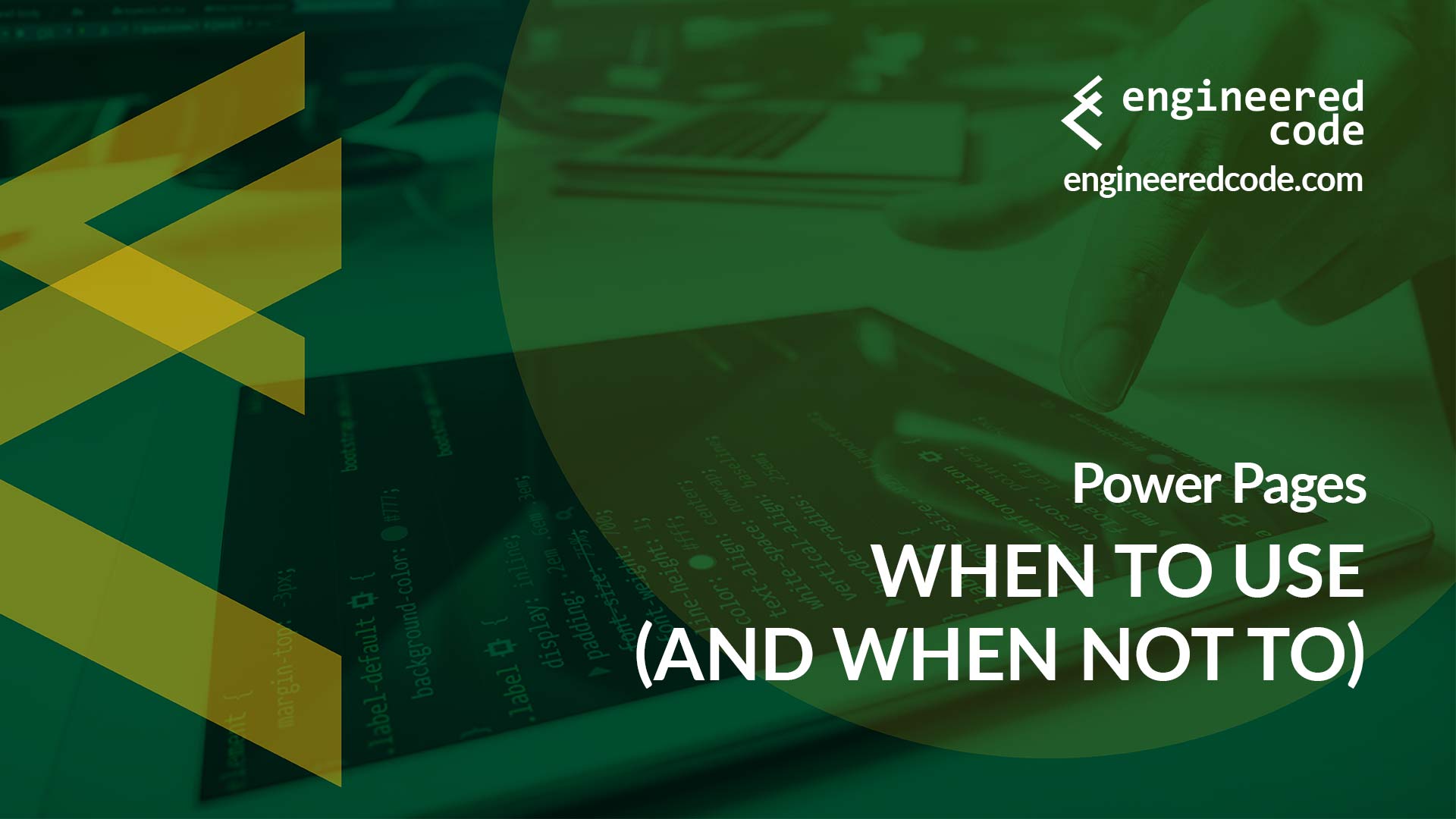
Power Pages: When to Use (and When Not To)
March 6, 2023 5 Min.To ReadThe growth of Power Pages has been an amazing story. Since being acquired by Microsoft in 2015, the product has gone from a niche add-on for Dynamics 365 Customer Engagement to a full-fledged product in the Power Platform. The visibility that comes with getting equal billing to other Power Platform products like Power BI, Power Apps, and Power Automate means that new people are discovering Power Pages all of the time. However, as with any software product, Power Pages isn’t always a fit, even if your project fall under the category of low code web application development platforms. In this post, I will share what I look for when trying to determine if Power Pages is a fit for a given project.

PowerApps Portals: Liquid and JavaScript – Better Together!
October 31, 2019 4 Min.To ReadPowerApps Portals offers two primary languages for customization: JavaScript and Liquid. This leads to confusion as to which technology should be used when – I’ll try to clear up some of that confusion in this blog post, as well as demonstrate that is many cases, the best option is a combination of the two.
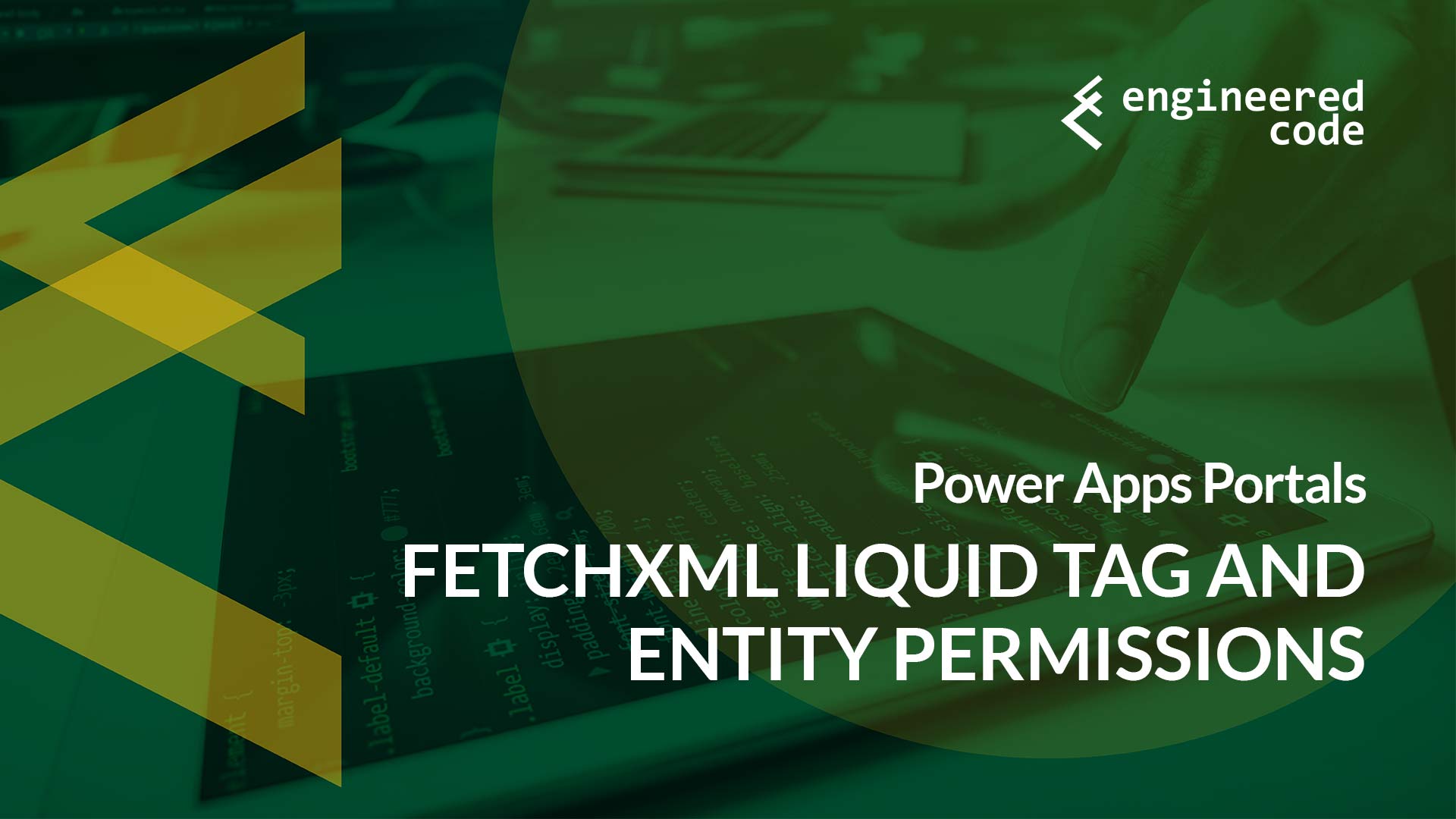
Power Apps Portals: fetchxml Liquid Tag and Entity Permissions
January 16, 2020 3 Min.To ReadThe fetchxml Liquid tag is arguably the most powerful Liquid tag in Power Apps Portals – it allows you to meet complex requirements for the display of data. But, if you combine it with a complex Entity Permissions model, you could find yourself getting unexpected errors. In this post I’ll cover what can cause those errors, and how to work around them.
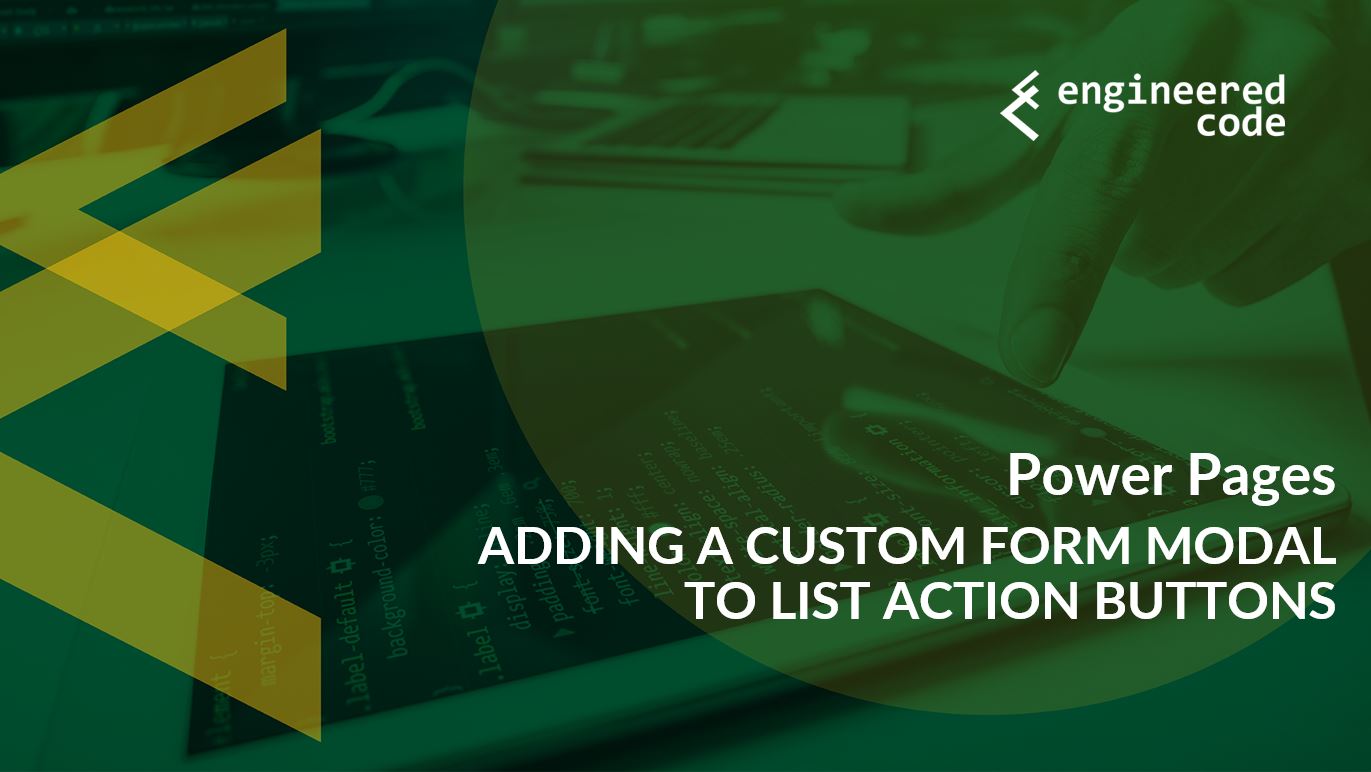
Power Pages: Adding a Custom Form Modal to List Action Buttons
December 8, 2023 6 Min.To ReadRecently there was a comment on my blog Power Apps Portals: Related Entity as Source of Next Web Form Step about adding a custom Edit button to a list or subgrid. In this case, rather than editing the main row in the table, they wanted to edit a row that was related to the main row. If you want the edit form to pop up in a modal, it requires a bit of JavaScript. In this post, I’ll go through what you need to do in order to achieve this functionality.
